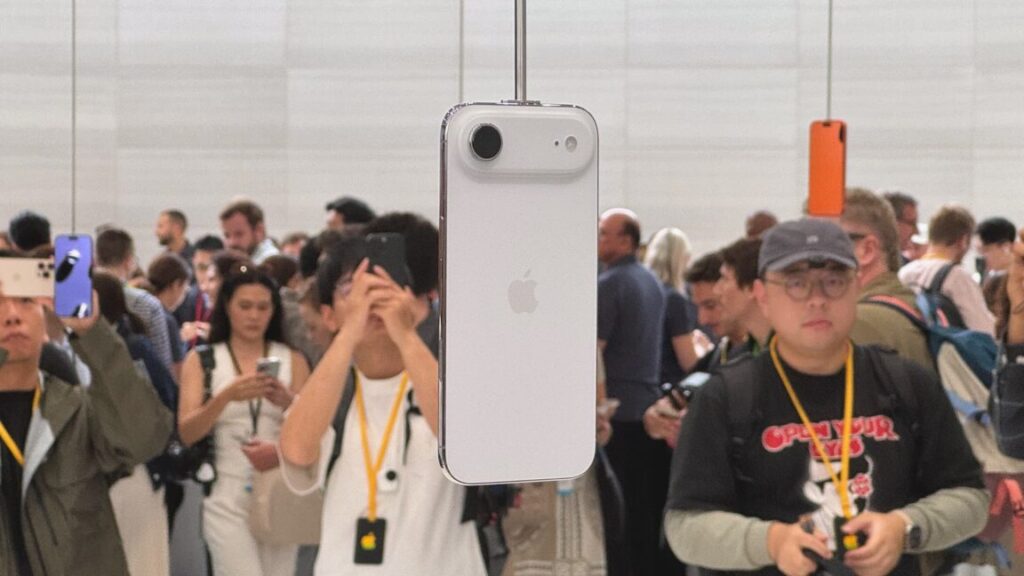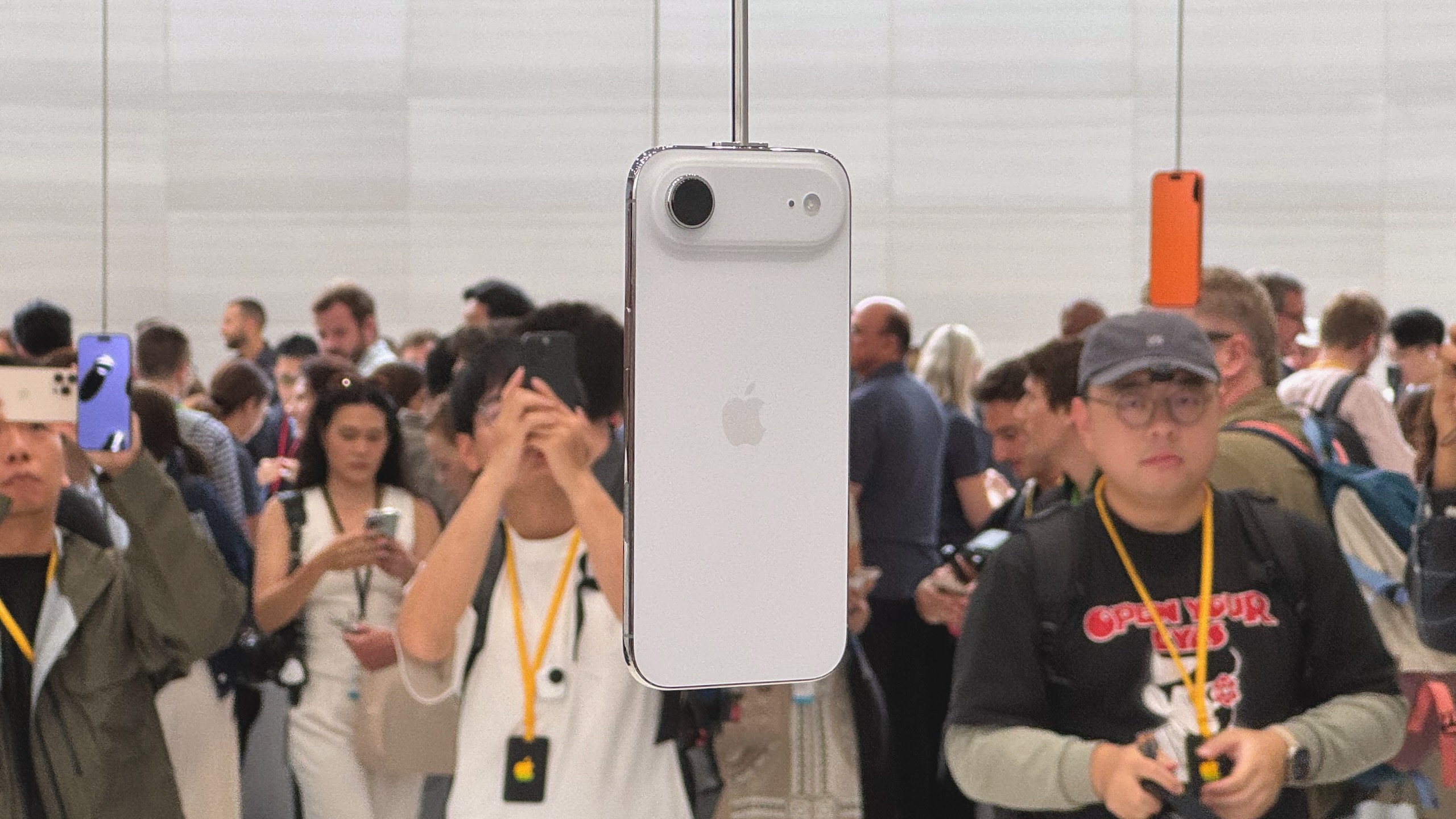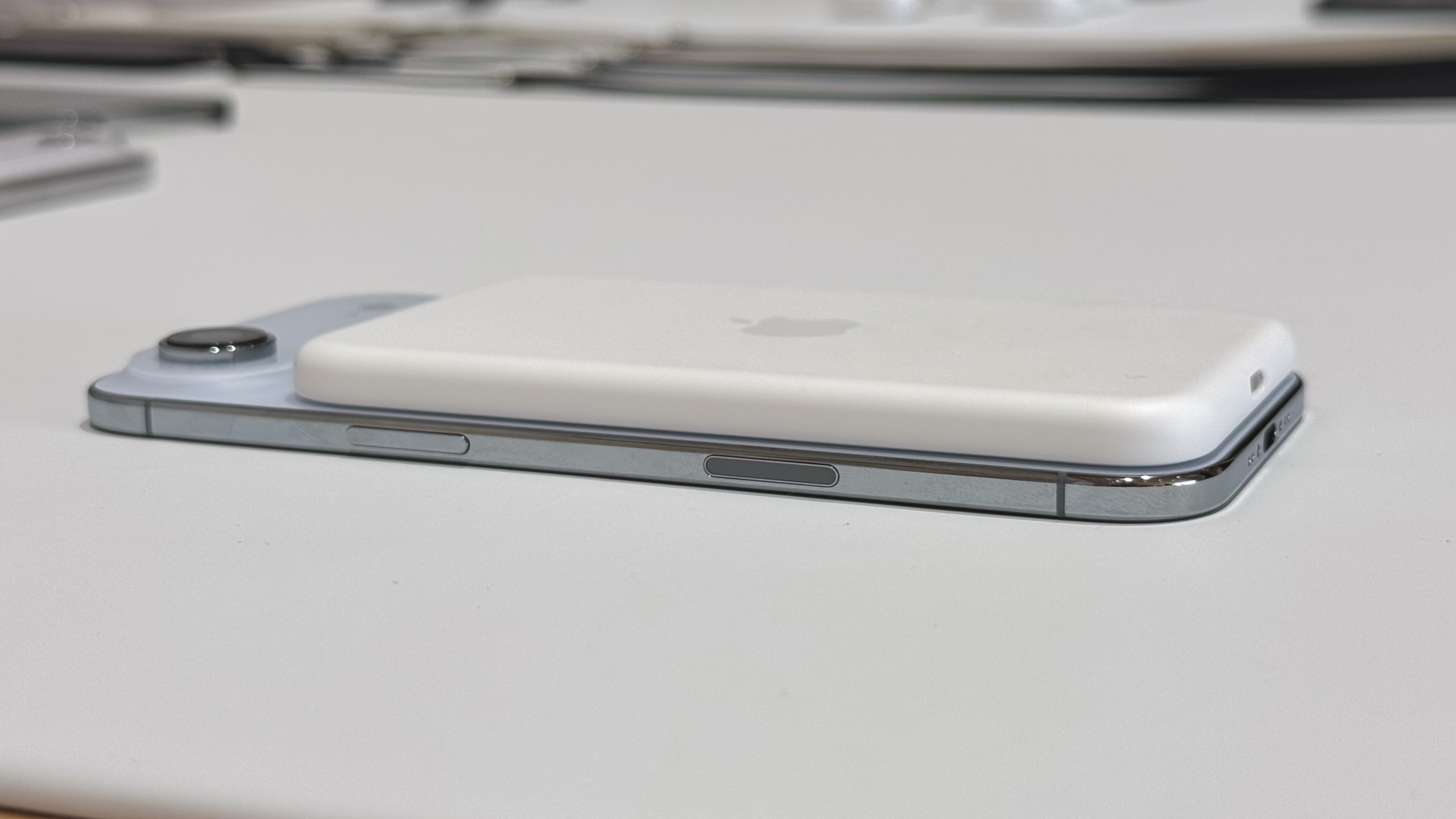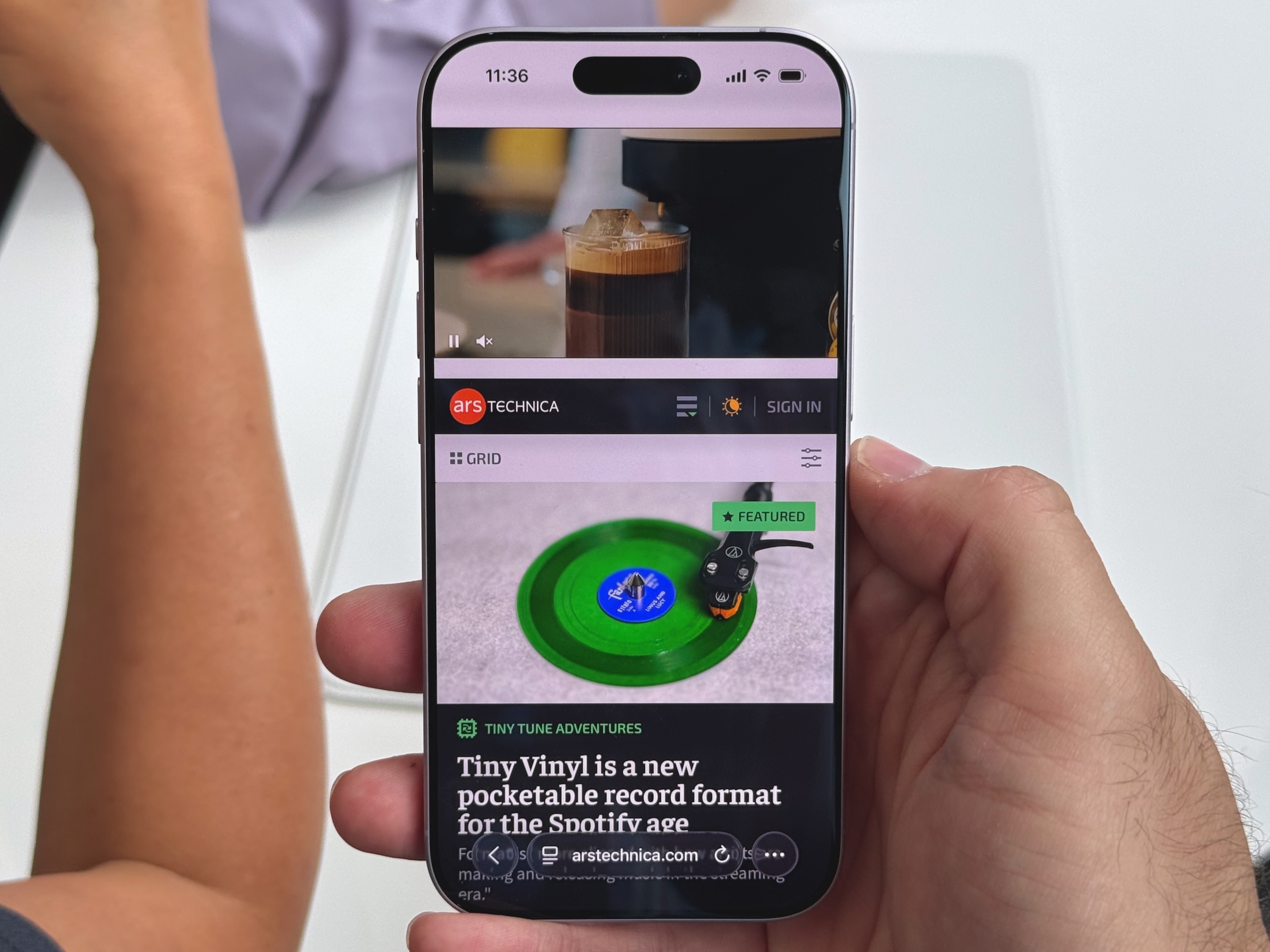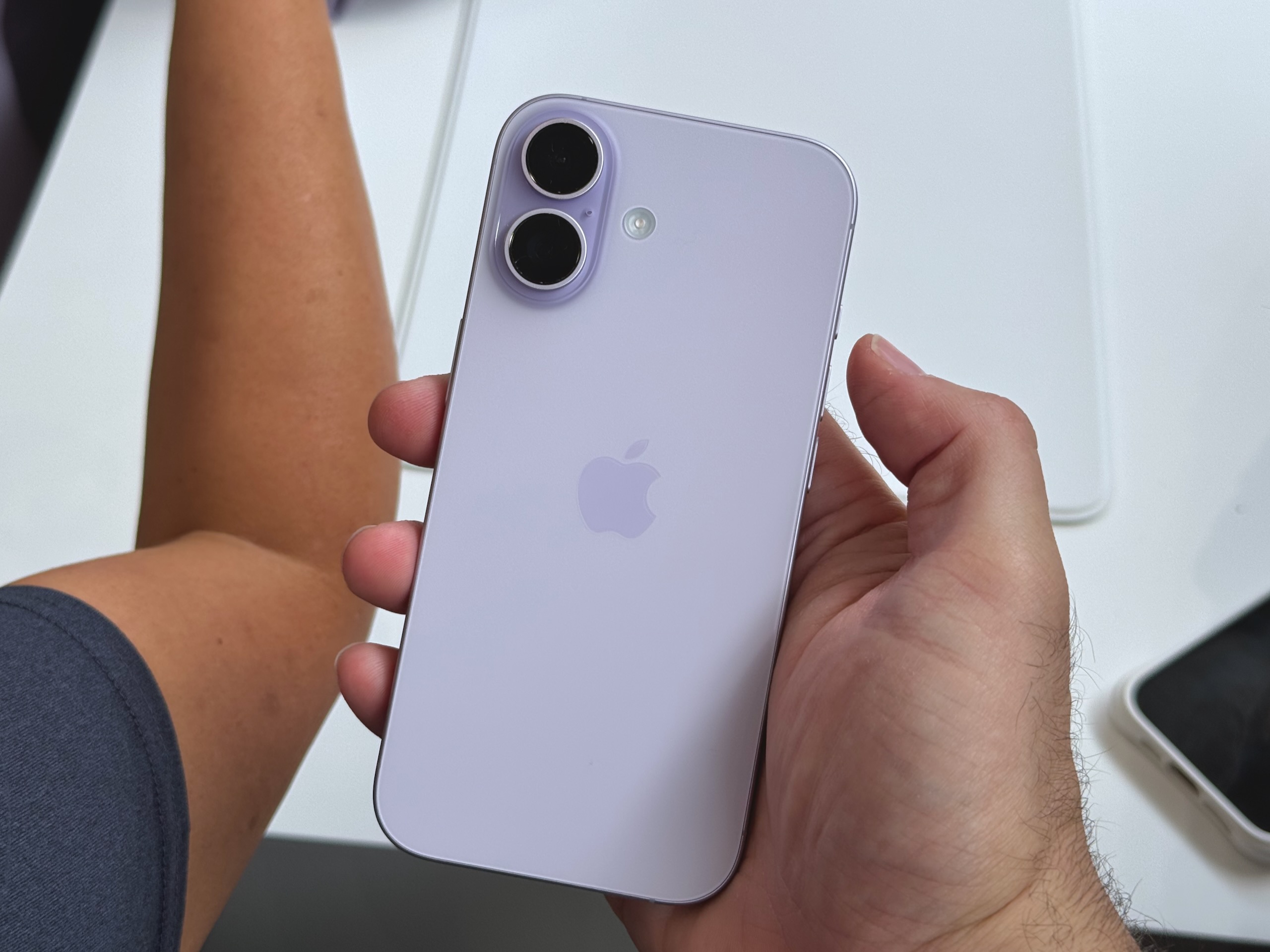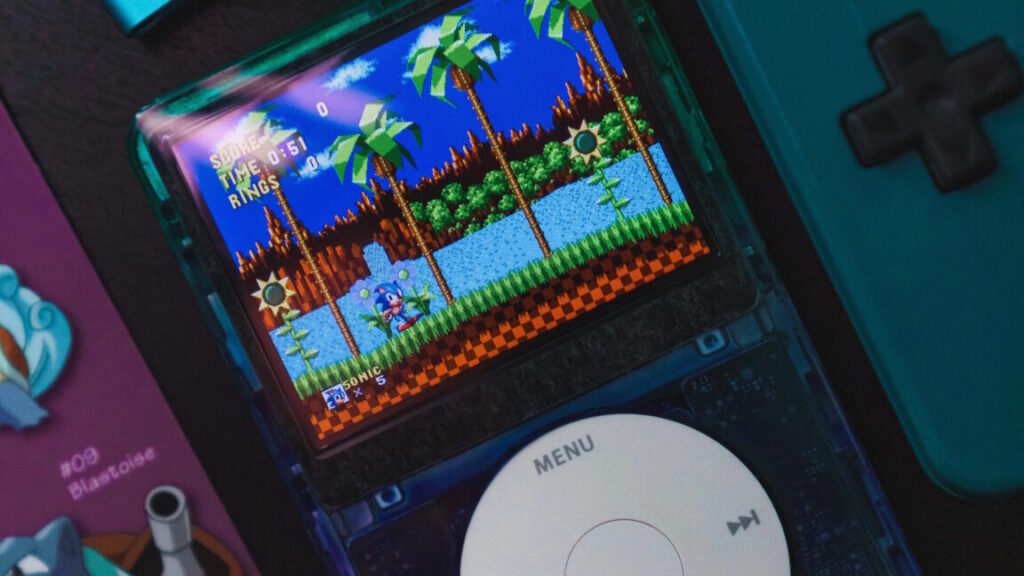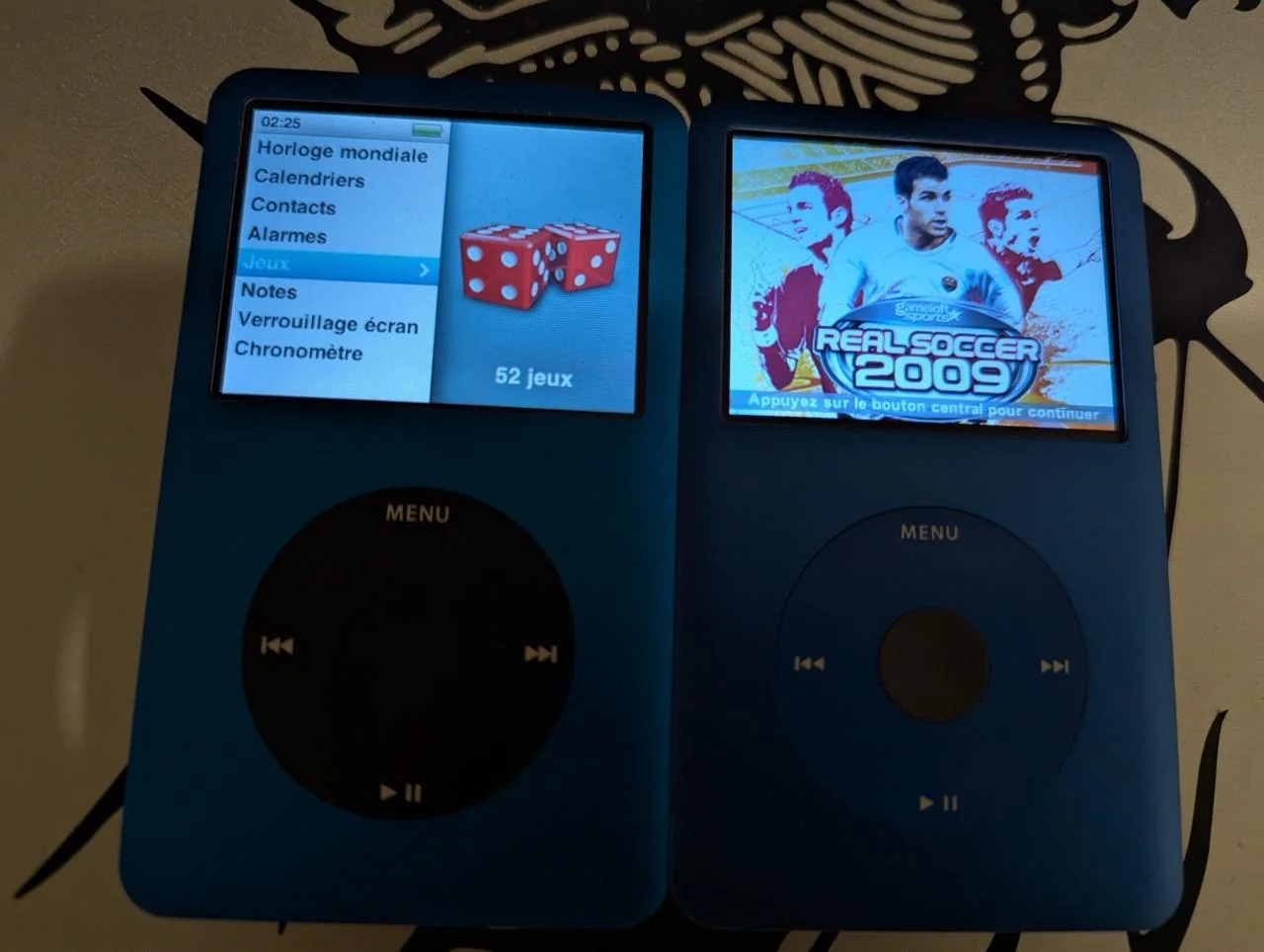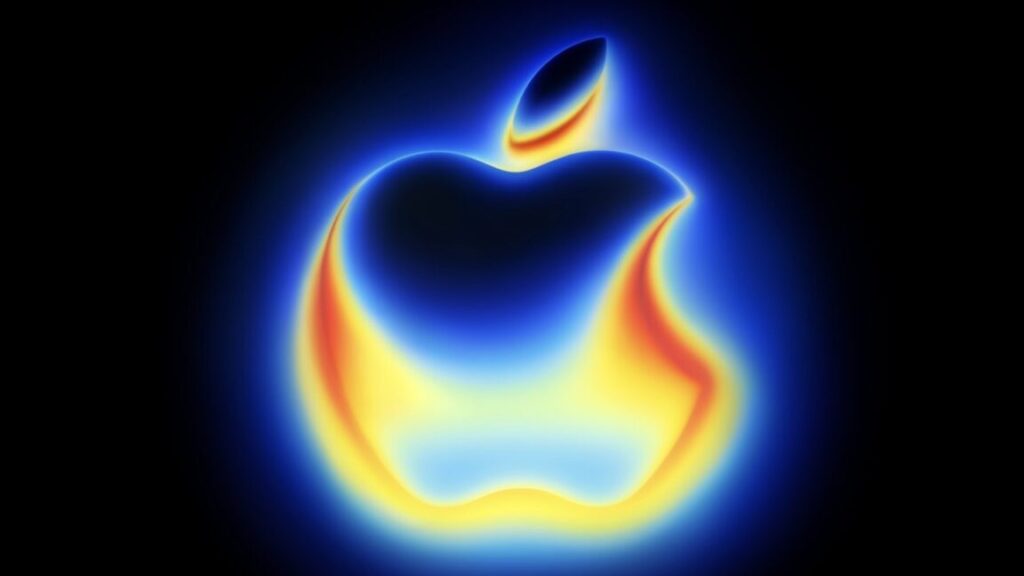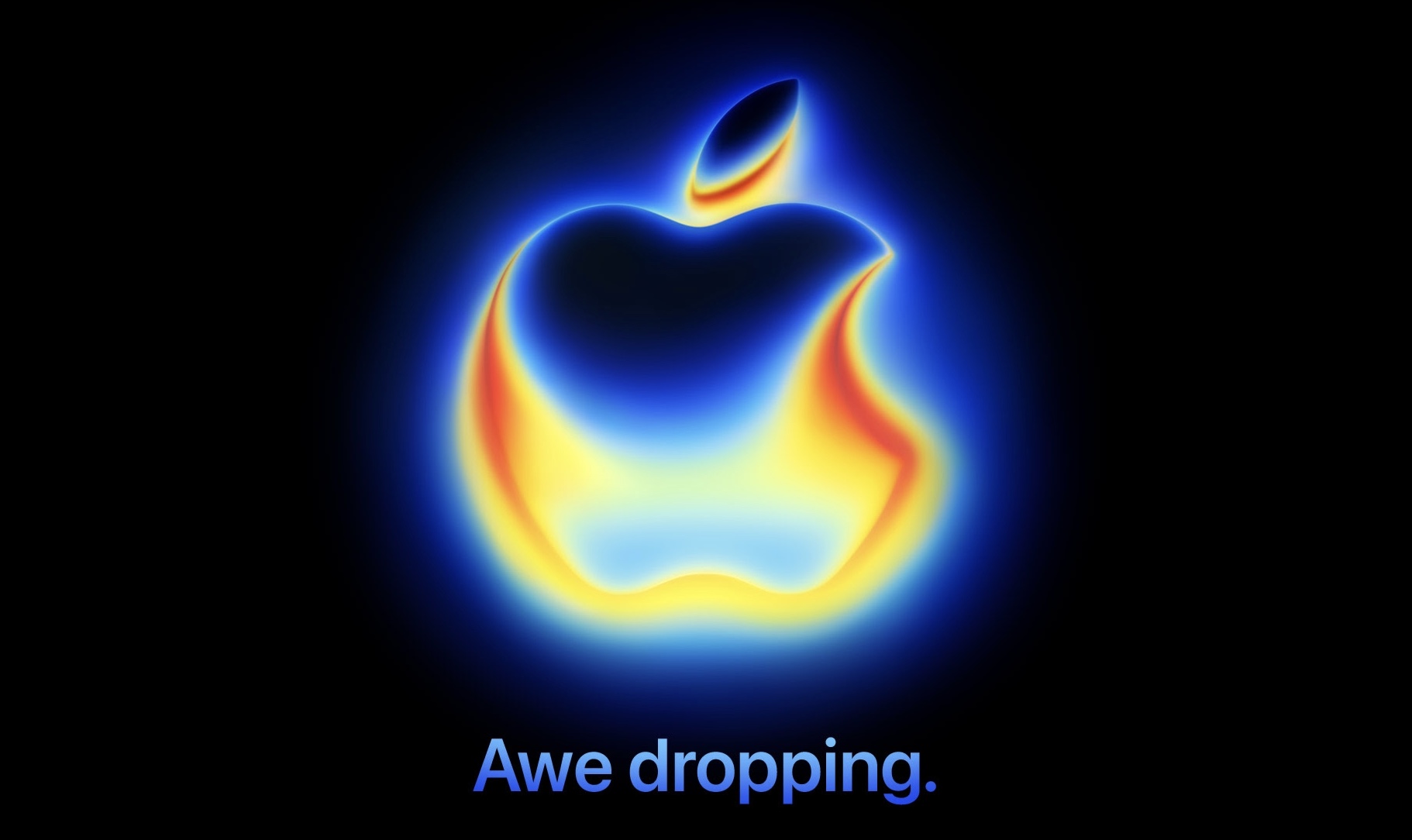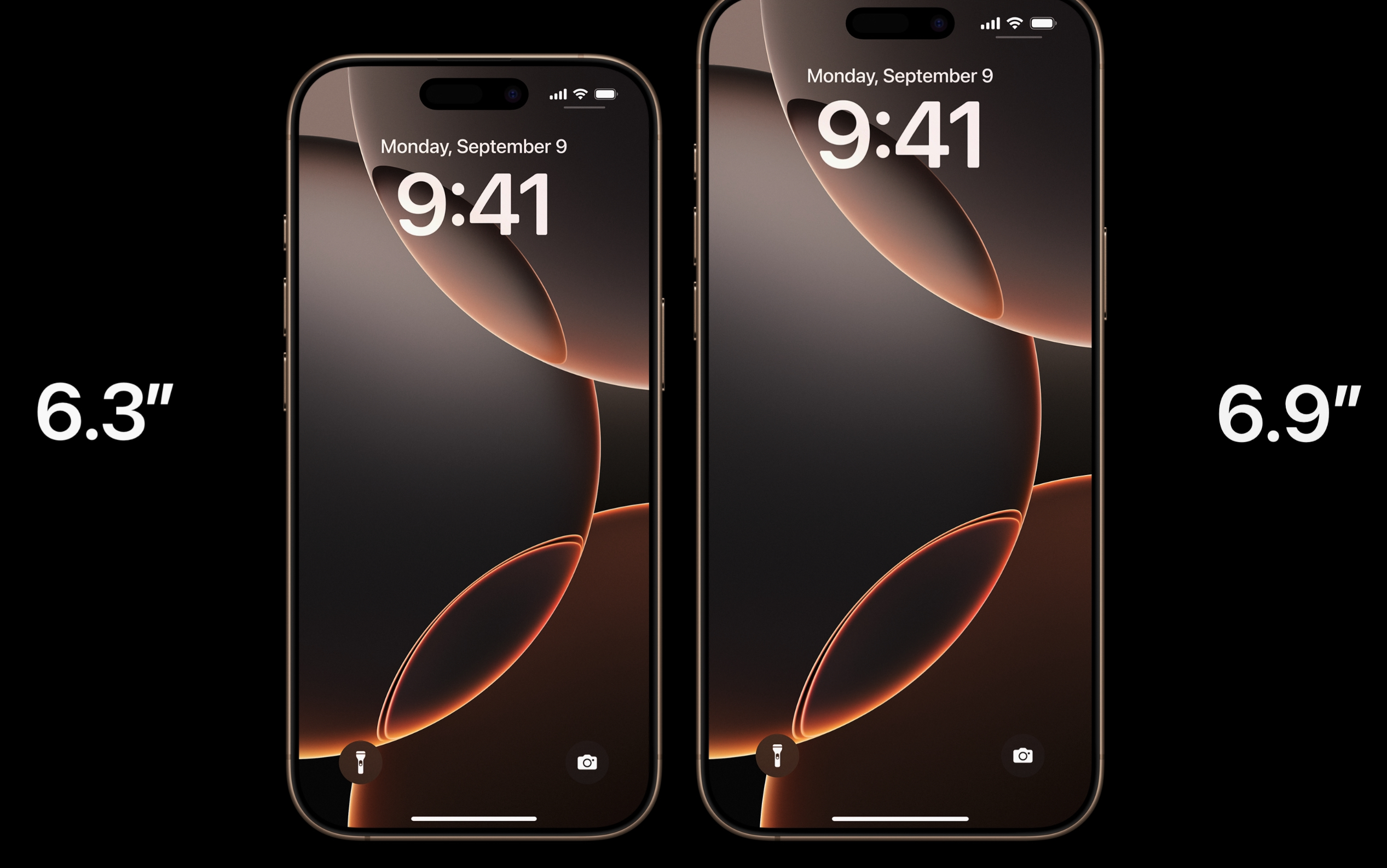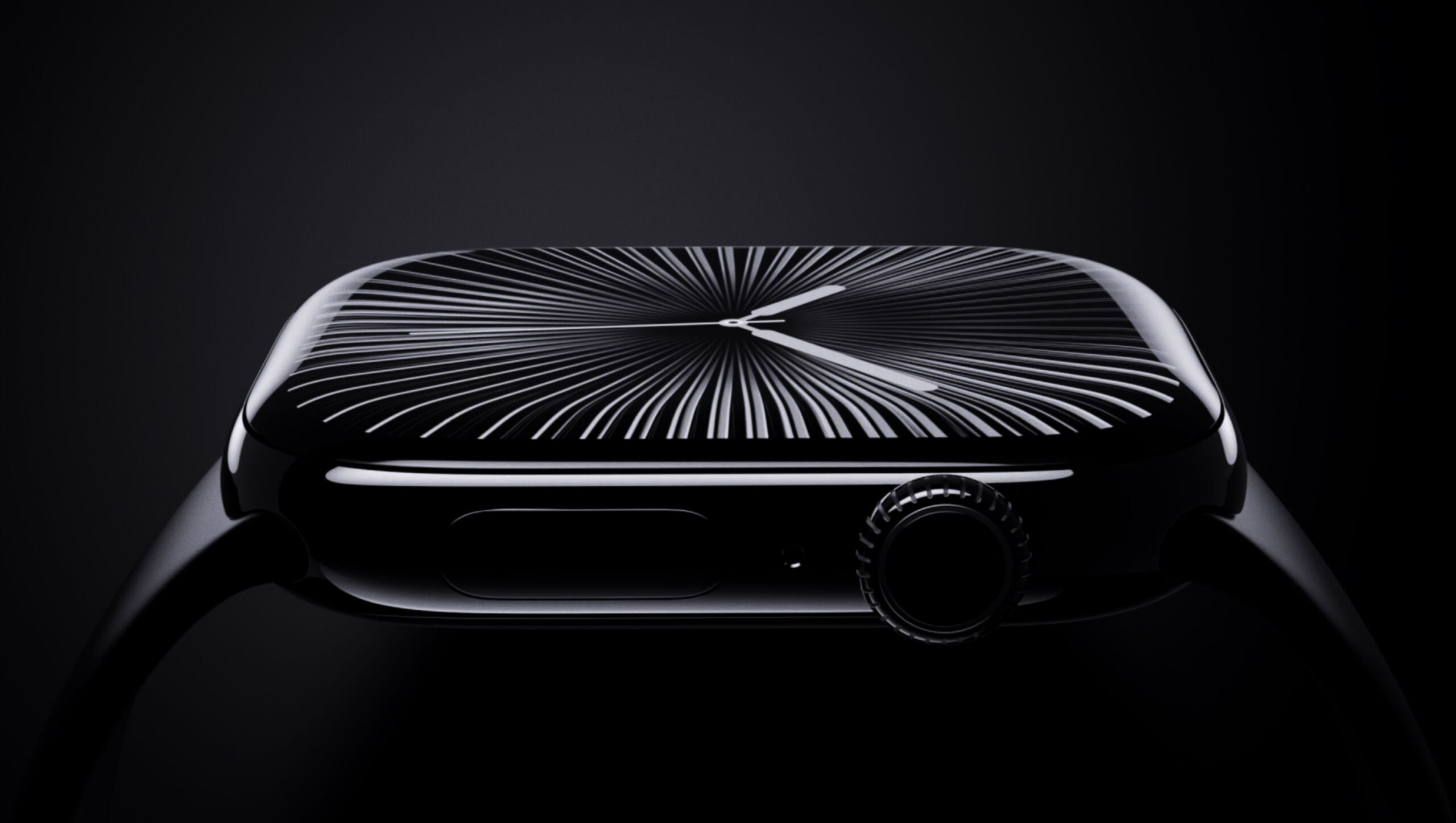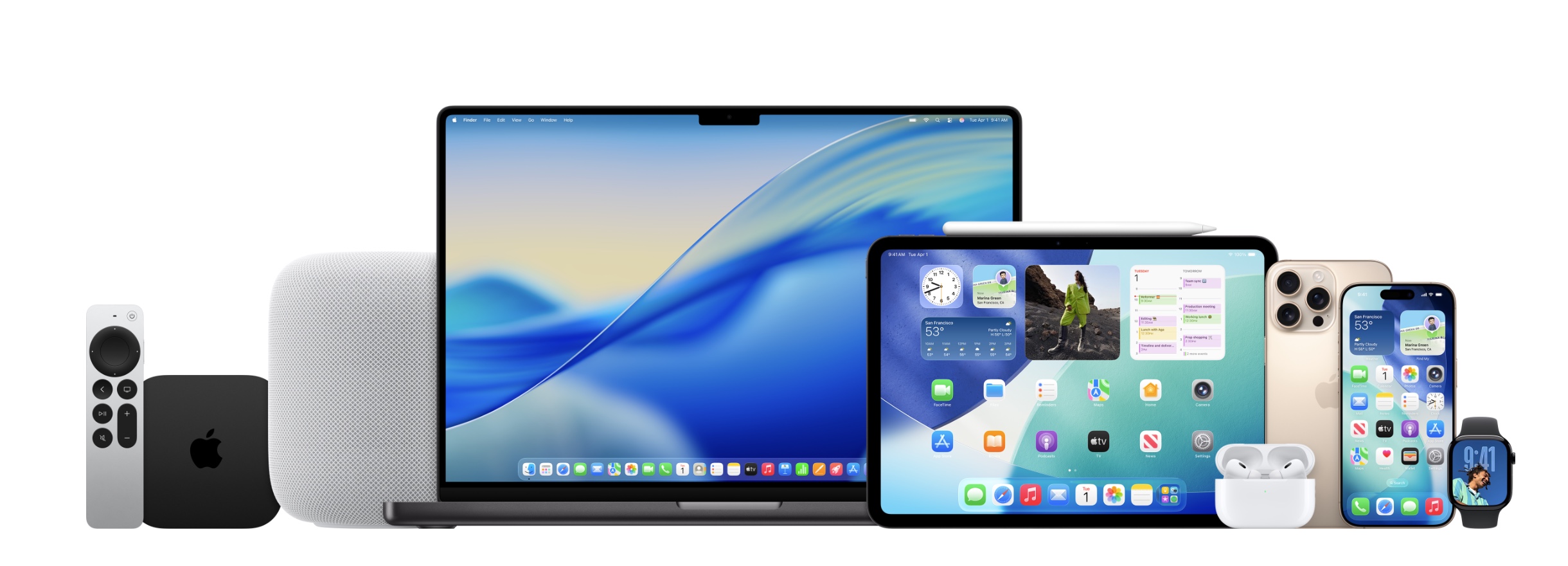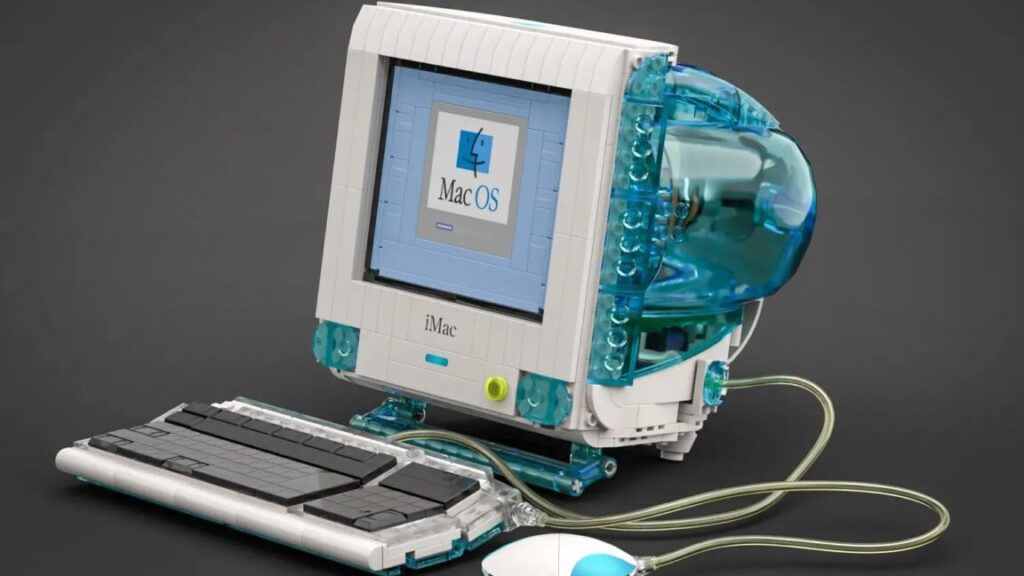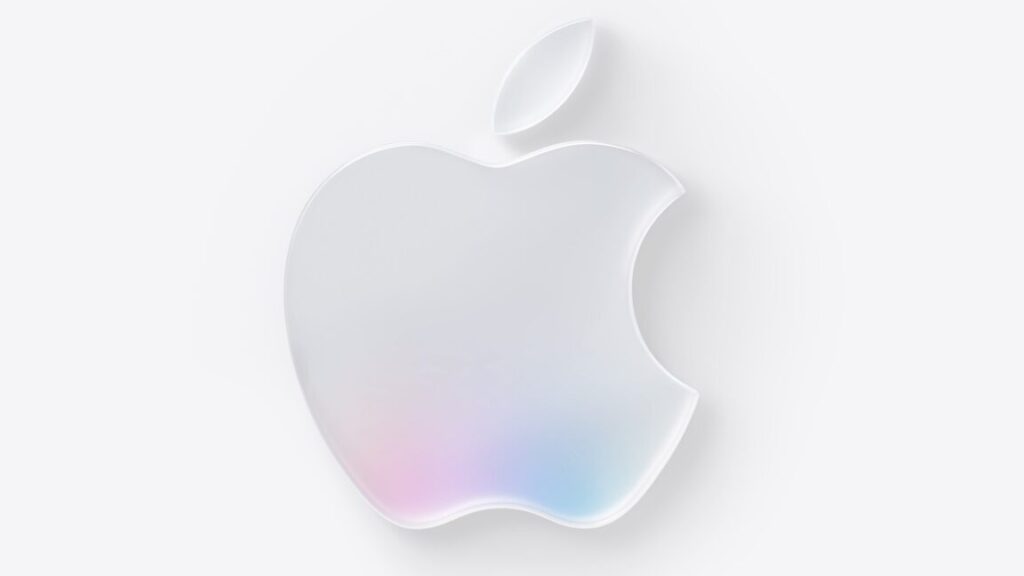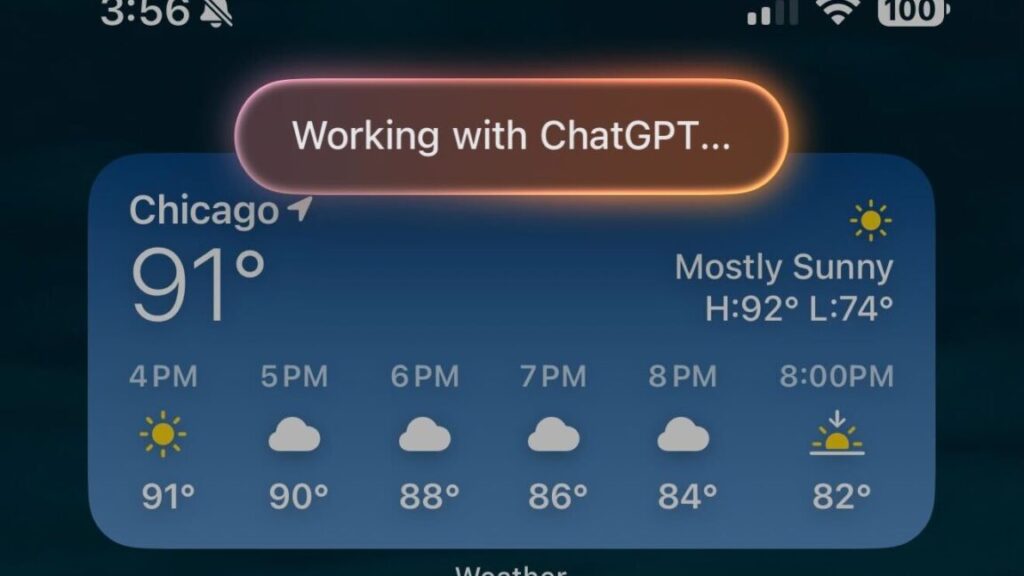New iPhones use Apple N1 wireless chip—and we’ll probably start seeing it everywhere
Apple’s most famous chips are the A- and M-series processors that power its iPhones, iPads, and Macs, but this year, its effort to build its own wireless chips is starting to bear fruit. Earlier this spring, the iPhone 16e included Apple’s C1 modem, furthering Apple’s ambitions to shed its dependence on Qualcomm, and today’s iPhone Air brought a faster Apple C1X variant, plus something new: the Apple N1, a chip that provides Wi-Fi 7, Bluetooth 6, and Thread support for all of today’s new iPhones.
Apple didn’t dive deep into the capabilities of the N1, or why it had switched from using third-party suppliers (historically, Apple has mostly leaned on Broadcom for Wi-Fi and Bluetooth). However, the company’s press releases say that it should make Continuity features like Personal Hotspot and AirDrop more reliable—these features use Bluetooth for initial communication and then Wi-Fi to establish a high-speed local link between two devices. Other features that use a similar combination of wireless technologies, like using an iPad as an extended Mac display, should also benefit.
These aren’t Apple’s first chips to integrate Wi-Fi or Bluetooth technology. The Apple Watches rely on W-series chips to provide their Bluetooth and Wi-Fi connectivity; the Apple H1 and H2 chips also provide Bluetooth connectivity for many of Apple’s wireless headphones. But this is the first time that Apple has switched to its own Wi-Fi and Bluetooth chip in one of its iPhones, suggesting that the chips have matured enough to provide higher connectivity speeds for more demanding devices.
Apple will likely expand the use of the N1 (and other N-series chips) beyond the iPhone soon enough. Macs and iPads are obvious candidates, but the presence of Thread support also suggests that we’ll see it in new smart home devices like the Apple TV or HomePod.
New iPhones use Apple N1 wireless chip—and we’ll probably start seeing it everywhere Read More »

